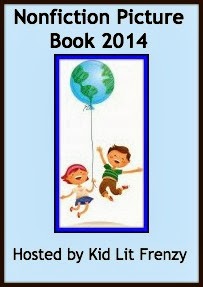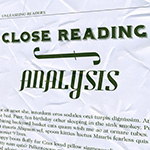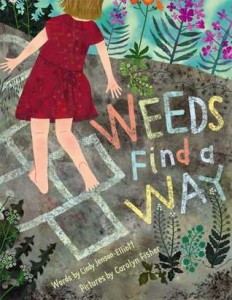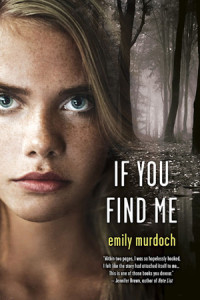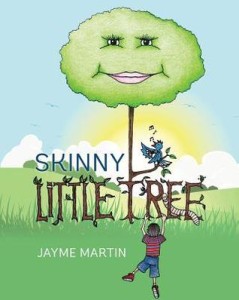Nonfiction Picture Book Wednesday
Nonfiction Picture Book Wednesday is hosted by Kid Lit Frenzy and was started to help promote the reading of nonfiction texts. Most Wednesdays, we will be participating and will review a nonfiction text (though it may not always be a picture book).
Be sure to visit Kid Lit Frenzy and see what other nonfiction books are shared this week!
Elizabeth, Queen of the Seas
Author: Lynne Cox
Illustrator: Brian Floca
Published May 13, 2014 by Schwartz & Wade
GoodReads Summary: World-renowned swimmer and bestselling author Lynne Cox and Caldecott Medal-winning illustrator Brian Floca team up to bring us this inspiring story of an elephant seal who knew exactly where she belonged.
Here is the incredible story of Elizabeth, a real-life elephant seal who made her home in the Avon River in the city of Christchurch, New Zealand. When Elizabeth decides to stretch out across a two-lane road, the citizens worry she might get hurt or cause traffic accidents, so a group of volunteers tows her out to sea. But Elizabeth swims all the way back to Christchurch. The volunteers catch her again and again—each time towing her farther, even hundreds of miles away—but, still, Elizabeth finds her way back home.
Includes back matter with information about elephant seals.
My Review and Teachers’ Tools for Navigation: I had never heard of this delightful elephant seal, and I was fascinated by this charming story. Lynne Cox excellently depicts this real-life seal who traveled hundreds of miles to return home. Floca’s illustrations are equally engaging, and children will be drawn to the beautiful details in this book. Readers will learn lessons of dogged determination and friendship. They will be spellbound by Elizabeth’s story and will long to learn more about elephant seals and New Zealand after reading this book. It would make a great pairing with a marine unit because of its connections to wildlife. Elizabeth is excellently personified, and children will feel connected to her.
Discussion Questions: How does Elizabeth show determination? How might you show determination in your own lives?; How does the author personify Elizabeth? Did you feel connected to her? How would the story be different if the author allowed Elizabeth to talk? Would you like the story more or less?
We Flagged: “Moving up the shore like a giant inchworm, she’d stretch herself out on the long, cool grass and take a nap in the bright sunshine.”
Read This If You Loved: And Tango Makes Three by Justin Richardson and Peter Parnell, Ivan: The Remarkable Ture Story of the Shopping Mall Gorilla by Katherine Applegate
Recommended For:
